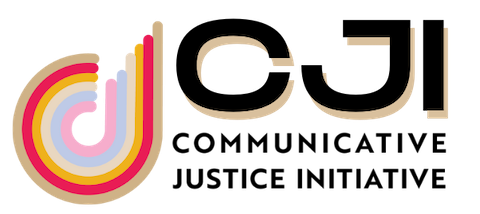Learners map their individual and shared communities, thinking about their needs and the resources found in their communities. Learners do a community “walk,” generating words, data, and eventually a “map” of their communities. By generating a word cloud, learners analyze similarities and differences between their communities while practicing basics about understanding and speaking data.
Contributors:
Community Mapping
Activity Goals
Learners map their individual and shared communities, thinking about their needs and the related resources available in their communities. Learners do a community “walk,” generating words, data, and eventually a resource “map” of their communities. By generating a word cloud, learners analyze similarities and differences between their communities while practicing basics about understanding and speaking data.
Key Objectives
UD.1 Identify different types of data in everyday life.
UD.4 Identify a need for data in their own communities and create an action plan to nd or collect the data. SD.7 Use comparative language.
SD.9 Use language for asking questions.
Steps
1. With the whole class or in small groups, each learner shares their answers to the following questions:
a. What community and/or communities do you belong to?
b. Why?
2. As a whole class or in the small groups(as above),consider the shared communities among the classroom.
3. Then, considering the following questions, each learner will share their ideas:
a. What are important places in your community?
b. Wheredopeoplegoforhealthinformation?
c. Who goes where? Why?
d. Wheredoyoufeelsafe?
e. What places are you proud of?
4. Each learner fills out the “Places inMy Community” handout to begin“mapping out” different places in
their community. Then, instruct learners to share their responses with their small group or the entire class.
5. Then, transition to the Community Needs handout.
6. As an entire class, create a Word Cloud of the different resources and places in learners’ communities. Discuss
the similarities and dierences between learners’ communities, practicing using phrases like “more than” and “same as.”
Ideas for Action
Learners can generate ideas for class projects activities related to data and social support. How can learners take what they’ve learned and share their community needs and resources with others? This might look like creating a yer or social media post about community resources, or creating a table comparing the resources in learners’ communities.
Resources:
● Places in my Community
○ Learners ll out this worksheet to begin brainstorming and thinking about dierent places in their communities. Ask learners to share their responses with each other, after which they may nd common places and learn about new places. This worksheet can be modied for speakers of languages other than Spanish.
● Community Needs (Que necesita mi comunidad?)
○ Use this worksheet to encourage discussion and start practicing counting data. Learners begin by filling out their community needs in question 1. Learners will discuss with each other, and practice collecting data and counting by lling out question 4. Finally, learners get the opportunity to practice curiosity, courage, and public speaking through the role play activity in question 5.

